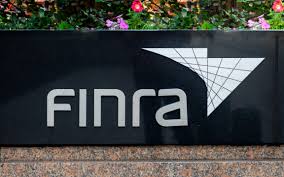
Navigating the Regulatory Landscape: How One Fintech Stays Ahead of the Curve
For Rachel, compliance director at a crypto asset services provider offering stablecoin solutions, regulatory changes felt like a constant race. Her team managed both public and private stablecoin transactions for enterprise clients, meaning they had to comply with a web of regulations from FinCEN, the SEC, and global authorities—including strict adherence to the FATF Travel Rule.
Staying compliant across jurisdictions was complicated—and falling behind wasn’t an option. Rachel needed a solution that kept them ahead of evolving regulations, not scrambling to catch up. That’s when she found iComply.
Adapting with Ease
Before iComply, every regulatory update meant reworking workflows and patching together short-term fixes. The Travel Rule alone introduced layers of complexity with its requirements for secure data sharing on originators and beneficiaries. Regulatory changes felt like fire drills that slowed the team down.
With iComply, that changed. The platform’s compliance engine automatically updated to reflect the latest rules, including FATF Travel Rule obligations. Instead of rebuilding workflows, Rachel’s team adjusted risk parameters with a few clicks—staying compliant without missing a step.
Proactive Compliance, Stronger Reputation
iComply’s automated AML checks and real-time monitoring allowed Rachel’s team to catch potential red flags before they became problems. Whether it was verifying counterparties for cross-border transactions or screening for sanctions and PEPs, compliance was fast and seamless.
Clients noticed too. By demonstrating consistent compliance with FATF Travel Rule requirements, the provider earned trust from regulators and enterprise clients alike—turning regulatory adherence into a competitive advantage.
Compliance That Grows with You
As their services expanded, iComply scaled effortlessly with them. No system overhauls—just smarter workflows and seamless adjustments. Rachel’s team didn’t just keep up with the regulatory landscape—they stayed ahead of it.
If your compliance process feels like a constant race, it’s time for a change. iComply helps crypto asset services providers like Rachel’s meet FATF Travel Rule requirements, reduce compliance risks, and scale with confidence. Let’s get started.













